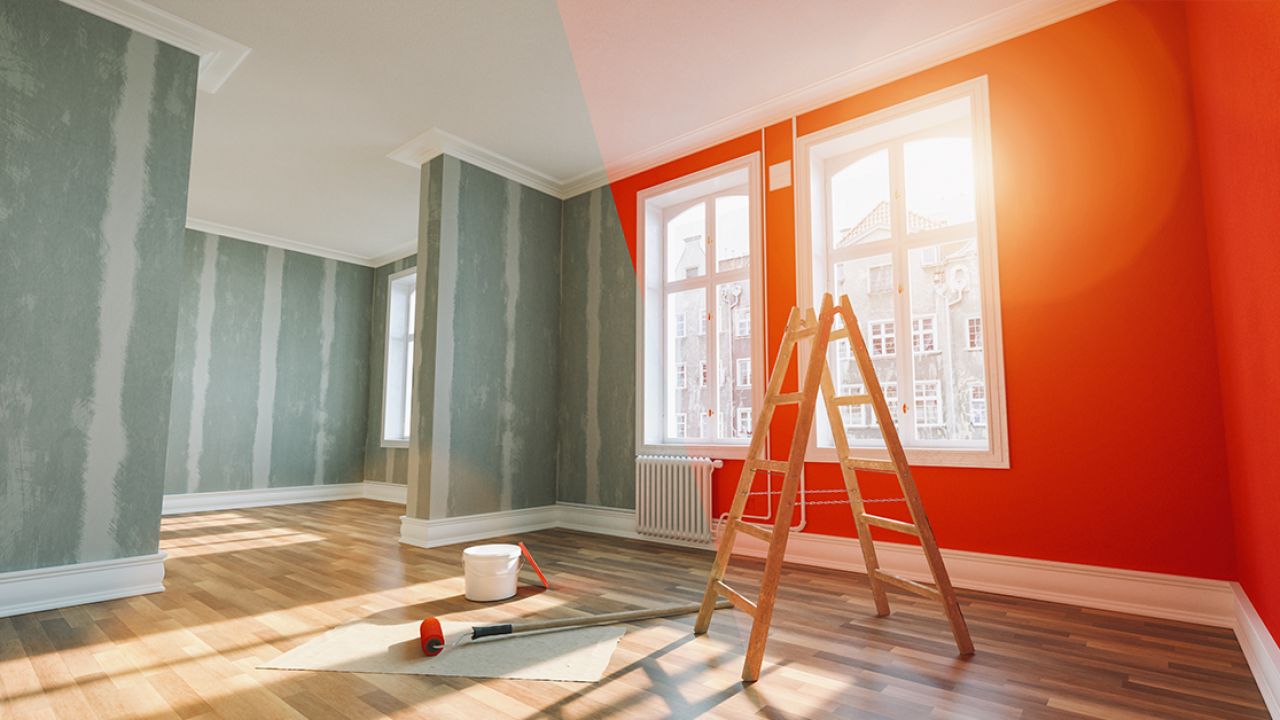

Articles
Which Is The Best Paint For Interior Walls
Modified: January 19, 2024
Discover expert tips and advice on choosing the best paint for your interior walls. Read informative articles on different types and finishes to achieve a flawless and durable finish.
(Many of the links in this article redirect to a specific reviewed product. Your purchase of these products through affiliate links helps to generate commission for Storables.com, at no extra cost. Learn more)
Introduction
When it comes to transforming the look and feel of your home, few things can make as big of an impact as a fresh coat of paint on your interior walls. The right paint color can bring life and personality to a space, creating a warm and inviting atmosphere.
But with so many options available in the market, choosing the best paint for your interior walls can be a daunting task. Factors such as durability, finish, and ease of application all play a crucial role in determining the overall quality and longevity of your paint job.
In this article, we will explore the different factors you should consider when selecting paint for your interior walls and take an in-depth look at the various types of paint finishes available. By understanding the pros and cons of each paint type, you’ll be equipped with the knowledge to make an informed decision and achieve the desired results for your home.
Whether you’re a DIY enthusiast or hiring a professional, the choice of paint for your interior walls can significantly impact the overall appearance and maintenance of your home. So, let’s dive in and explore the wide world of interior wall paint!
Key Takeaways:
- Choose the best paint finish based on room function, surface condition, durability, cleaning needs, and aesthetic preference to create a cohesive and visually appealing interior space.
- Experiment with different paint samples, consider the pros and cons of each finish, and confidently transform your interior walls into stunning and personalized spaces.
Factors to Consider When Choosing Paint for Interior Walls
Before selecting paint for your interior walls, it’s essential to consider various factors to ensure you make the right choice. Here are some key factors to keep in mind:
- Color: The color of the paint is perhaps the most important factor to consider. The color you choose should complement the existing décor and furniture in the room. Additionally, different colors can evoke different moods, so consider the atmosphere you want to create.
- Finish: The finish of the paint determines its sheen or shine. Common finishes include matte, eggshell, satin, semi-gloss, and gloss. Each finish offers different levels of durability, ease of cleaning, and visual appeal. Consider the practicality and aesthetics of the finish based on the room’s purpose and traffic.
- Durability: If you’re painting high-traffic areas such as hallways, kitchens, or children’s rooms, prioritize a durable paint that can withstand frequent cleaning and wear and tear. Look for paints that are specifically labeled as scrubbable or washable.
- Ease of Application: Consider your skill level and the time you’re willing to invest in the painting process. Some paints require multiple coats or extra preparation, while others offer one-coat coverage or are self-priming. Choose a paint that aligns with your experience and available time.
- VOC Content: Volatile Organic Compounds (VOCs) are chemicals that can be released into the air from paint, contributing to indoor air pollution. If you’re concerned about the air quality in your home, choose paint with low or zero VOC content.
- Budget: Paint prices can vary significantly based on the brand, quality, and finish. Set a budget and consider not only the cost of the paint but also any additional supplies you may need, such as primer or brushes.
By considering these factors, you’ll be able to make a more informed decision when selecting paint for your interior walls. Keep in mind the specific needs and style of each room to ensure the paint you choose will enhance the overall aesthetics and functionality of your home.
Types of Paint for Interior Walls
When it comes to choosing paint for your interior walls, there are various types to consider. Each type has its own unique characteristics and is suitable for different applications. Let’s explore the most common types of paint used for interior walls:
- Matte Paint: Matte paint, also known as flat paint, has a non-reflective finish. It is a popular choice for interior walls as it helps to hide imperfections and offers a smooth, velvety appearance. However, matte paint is not the most durable option and may require frequent touch-ups or repainting to maintain its pristine look.
- Eggshell Paint: Eggshell paint has a slight sheen, resembling the texture of an eggshell. It offers a low-reflective finish and is more durable than matte paint. Eggshell paint is easy to clean and is ideal for areas that may require occasional wiping or light scrubbing, such as living rooms or bedrooms.
- Satin Paint: Satin paint has a subtle sheen, providing a smooth and velvety finish. It offers better durability and is more resistant to moisture, making it suitable for high-traffic areas like kitchens and bathrooms. Satin paint is also easy to clean, making it a practical choice for households with children or pets.
- Semi-Gloss Paint: Semi-gloss paint offers a noticeable sheen and a vibrant, reflective finish. It is highly durable, resistant to moisture and stains, and is easy to clean. Semi-gloss paint is commonly used in areas that require frequent cleaning or that have a higher risk of moisture exposure, such as kitchens, bathrooms, and trimwork.
- Gloss Paint: Gloss paint has the highest sheen level and provides a shiny, reflective finish. It is extremely durable, easy to clean, and offers excellent stain resistance. Gloss paint is primarily used for highlighting architectural elements and creating a striking visual impact. It is typically not recommended for large wall surfaces as it can highlight imperfections.
Keep in mind that the choice of paint type depends on your personal preferences, the room’s functionality, and the desired aesthetics. It’s always a good idea to test small samples of different paint types on your walls before committing to a larger application to ensure you are happy with the finish and appearance.
Now that we have explored the different types of paint for interior walls, let’s move on to comparing the pros and cons of each type to help you make a more informed decision.
Matte Paint
Matte paint, also known as flat paint, is a type of paint finish that offers a non-reflective, velvety appearance. It is a popular choice for interior walls due to its ability to hide imperfections and create a smooth, sophisticated look. Here are the key features and considerations of matte paint:
- Appearance: Matte paint provides a flat and smooth finish that doesn’t reflect light. This creates a subtle and elegant look, especially in rooms with minimal natural lighting or when you want to downplay any surface imperfections.
- Hide Imperfections: Matte paint is well-suited for covering small dents, scratches, and other imperfections on your walls. The lack of sheen helps to camouflage these flaws, providing a more seamless and uniform appearance.
- Touch-Ups: One downside of matte paint is that it can be challenging to touch up. The lack of sheen makes the color appear slightly different when fresh paint is applied to a previously painted area. To achieve consistent results, it is essential to repaint the entire wall or section.
- Durability: Matte paint is not the most durable option when compared to other finishes. It is more prone to scuff marks, stains, and smudges. It is not recommended for high-traffic areas or rooms that require frequent cleaning, such as kitchens or hallways.
- Advantages: Matte paint offers a beautiful, non-reflective finish that adds a touch of sophistication to any space. It is an excellent choice for bedrooms, formal living rooms, or areas where you want to create a cozy and relaxed atmosphere.
- Disadvantages: The main drawback of matte paint is its limited durability and difficulty to clean. It may require more frequent touch-ups or repainting, especially in high-traffic areas. Additionally, matte paint tends to absorb grease and stains more easily, making it less suitable for areas prone to messes.
Overall, matte paint is an excellent option if you are looking for a soft and elegant finish and if the walls are in good condition. Just be aware of its limitations in terms of durability and ease of maintenance. Consider using matte paint in low-traffic areas or rooms where a refined aesthetic is desired.
Now, let’s move on to exploring the characteristics of another paint type: eggshell paint.
Eggshell Paint
Eggshell paint is a versatile and popular choice for interior walls. It offers a subtle sheen that resembles the texture of an eggshell, giving your walls a smooth and elegant finish. Here are the key features and considerations of eggshell paint:
- Appearance: Eggshell paint provides a soft, satin-like finish that is slightly more reflective than matte paint. It adds a touch of warmth and depth to your walls, making them visually appealing with a subtle sheen.
- Hide Imperfections: While not as effective as matte paint, eggshell paint can still help to hide minor imperfections on your walls. It has a bit of sheen that can minimize the appearance of dents or scratches, creating a smoother look.
- Cleaning and Maintenance: Eggshell paint offers a good balance between durability and ease of cleaning. It is more resistant to stains and scuffs compared to matte paint, making it suitable for high-traffic areas or rooms that require occasional wiping or light scrubbing.
- Durability: Eggshell paint is more durable than matte paint, but it is still not as resilient as semi-gloss or gloss finishes. It can withstand mild wear and tear and is less likely to show marks compared to matte paint.
- Advantages: The subtle sheen of eggshell paint adds a touch of elegance to your walls, giving them a soft and smooth appearance. It is a popular choice for living rooms, bedrooms, and dining rooms where a slight glow is desired without being too shiny.
- Disadvantages: While more durable than matte paint, eggshell paint is not entirely stain-resistant or scrub-resistant. It may require additional touch-ups or repainting in areas that experience heavy use or frequent cleaning. Care should be taken when cleaning walls painted with eggshell paint to avoid damaging the finish.
Eggshell paint strikes a balance between appearance, durability, and ease of maintenance. It offers a sophisticated look while providing some level of protection against stains and wear. Consider using eggshell paint in areas where a subtle sheen and a bit of durability are desired, such as living rooms, bedrooms, or home offices.
Now let’s delve into the characteristics of another paint finish: satin paint.
Satin Paint
Satin paint is a popular choice for interior walls due to its smooth and velvety finish. It offers a subtle sheen that adds depth and richness to your walls without being too glossy. Here are the key features and considerations of satin paint:
- Appearance: Satin paint provides a smooth and silky finish with a gentle sheen. It offers a slightly more reflective surface than eggshell paint, giving your walls a soft glow that enhances the overall aesthetics of the room.
- Hide Imperfections: Like eggshell paint, satin paint can help to hide minor imperfections on your walls. The slight sheen can minimize the appearance of small dents, scratches, or texture irregularities, resulting in a more polished look.
- Cleaning and Maintenance: Satin paint offers better durability and is more resistant to stains and scuffs compared to matte or eggshell paint. It is easier to clean and maintain, making it suitable for high-traffic areas or rooms that require occasional wiping or light scrubbing.
- Durability: Satin paint is more durable than both matte and eggshell finishes. It can withstand everyday wear and tear, making it a practical choice for areas that experience more traffic or in homes with children or pets.
- Advantages: Satin paint provides a luxurious and elegant look to your walls. It offers a slight sheen that adds depth and visual interest while still maintaining a classy and understated appearance. It is commonly used in living rooms, dining rooms, and bedrooms.
- Disadvantages: The main disadvantage of satin paint is that it can highlight surface imperfections and uneven textures more than matte or eggshell finishes. It is important to properly prepare and smooth your walls before applying satin paint to achieve the desired results.
Satin paint strikes a good balance between aesthetics, durability, and ease of maintenance. It offers a sophisticated look with improved resistance to stains and scuffs compared to matte or eggshell finishes. Consider using satin paint in areas where you want a subtle sheen and increased durability, such as hallways, family rooms, or kitchens.
Now that we’ve covered satin paint, let’s move on to exploring the characteristics of another paint finish: semi-gloss paint.
When choosing paint for interior walls, look for a high-quality, washable paint with good coverage and a durable finish. Consider factors like the room’s lighting, color scheme, and the type of surface you’re painting on.
Semi-Gloss Paint
Semi-gloss paint is a popular choice for interior walls, especially in areas that require extra durability and a shiny finish. It offers a higher sheen than satin paint, creating a reflective and polished appearance. Here are the key features and considerations of semi-gloss paint:
- Appearance: Semi-gloss paint provides a lustrous and radiant finish that reflects light and adds a sense of sophistication to your walls. It offers a significantly higher sheen than satin paint, resulting in a glossy and polished appearance.
- Hide Imperfections: The high sheen of semi-gloss paint can actually accentuate surface imperfections and any uneven textures on your walls. It is important to properly prepare and smooth the walls before applying semi-gloss paint to achieve the desired results.
- Cleaning and Maintenance: Semi-gloss paint is highly durable and easy to clean. It is resistant to stains, scuffs, and moisture, making it suitable for areas that require frequent cleaning or are prone to splashes and spills, such as kitchens and bathrooms.
- Durability: Semi-gloss paint is one of the most durable paint finishes for interior walls. It can withstand heavy wear and tear, making it an excellent choice for high-traffic areas or homes with children or pets. It is also more resistant to chipping and fading compared to other finishes.
- Advantages: The glossy finish of semi-gloss paint adds a touch of elegance and glamour to your walls. It creates a visual impact, particularly in rooms with ample natural light, and can make smaller spaces appear more open and spacious.
- Disadvantages: The high sheen of semi-gloss paint can accentuate any imperfections on your walls, so proper surface preparation is crucial. Additionally, the glossy finish may not work well in rooms where a subtle or muted aesthetic is desired, as it can appear too flashy or reflective.
Semi-gloss paint provides a durable and glossy finish that adds a touch of sophistication to your interior walls. It is an ideal choice for high-traffic areas, such as entryways, hallways, and bathrooms, as well as trimwork and doors. Consider using semi-gloss paint in areas where durability, easy cleaning, and a shiny appearance are desired.
Now that we’ve explored semi-gloss paint, let’s move on to the final paint finish: gloss paint.
Gloss Paint
Gloss paint is the shiniest and most reflective finish you can choose for your interior walls. It offers a high level of sheen and creates a bold and dramatic look. Here are the key features and considerations of gloss paint:
- Appearance: Gloss paint provides a highly reflective and mirror-like finish. It creates a sleek and polished look that adds a sense of luxury to your walls. The high sheen reflects light and can make a room appear brighter and more spacious.
- Hide Imperfections: Like semi-gloss paint, gloss paint can amplify surface imperfections and texture irregularities on your walls. It is crucial to properly prepare and smooth the walls before applying gloss paint to achieve a flawless and flawless appearance.
- Cleaning and Maintenance: Gloss paint is extremely easy to clean and maintain. Its smooth and glossy surface is highly resistant to stains, scuffs, and moisture. It can be effortlessly wiped clean, making it suitable for high-traffic areas and surfaces that require frequent cleaning.
- Durability: Gloss paint is the most durable paint finish for interior walls. It is highly resistant to wear and tear, making it ideal for areas with heavy traffic or homes with children and pets. It is also less prone to chipping and fading, ensuring a long-lasting and, glossy appearance.
- Advantages: The glossy finish of gloss paint creates a striking visual impact, making it a bold and glamorous choice for accent walls or statement areas. It adds depth and dimension to your walls, creating a visually stunning focal point in any room.
- Disadvantages: The high sheen of gloss paint may not be suitable for all rooms or design styles. It can be overwhelming or appear too flashy in areas where a more subdued or muted aesthetic is desired. Additionally, gloss paint tends to highlight any imperfections or surface textures, so proper surface preparation is essential.
Gloss paint provides an ultra-glossy and high-impact finish that adds a touch of elegance and drama to your interior walls. It is often used sparingly as an accent or on specific features, such as trimwork or furniture. Consider using gloss paint in areas where you want to make a bold statement or create a luxurious atmosphere.
Now that we’ve explored the different types of paint finishes for interior walls, let’s move on to comparing the pros and cons of each type to help you make an informed decision.
Comparison of Different Paint Finishes for Interior Walls
Choosing the right paint finish for your interior walls can significantly impact the overall look and feel of your space. Here’s a comparison of the different types of paint finishes we’ve discussed:
- Matte Paint: Provides a non-reflective, velvety appearance. Hides imperfections but may require frequent touch-ups. Not the most durable option and can be difficult to clean.
- Eggshell Paint: Offers a subtle sheen and a smooth, elegant finish. Helps to hide minor imperfections. More durable than matte paint and easier to clean.
- Satin Paint: Provides a smooth and velvety finish with a gentle sheen. Offers better durability and easier maintenance. Suitable for high-traffic areas and rooms that require occasional wiping or light scrubbing.
- Semi-Gloss Paint: Offers a higher sheen and a glossy finish. Highly durable and easy to clean. Suitable for high-traffic areas and areas that require frequent cleaning or are exposed to moisture.
- Gloss Paint: Provides the highest level of sheen and creates a mirror-like finish. Extremely durable and easy to clean. Adds a bold and dramatic look to your walls, but can accentuate imperfections.
When making your decision, consider factors such as the desired appearance, hiding imperfections, cleaning and maintenance requirements, and the level of durability needed for each specific room or space. Keep in mind that each paint finish has its own advantages and disadvantages, so it’s crucial to choose the one that best aligns with your preferences and the overall aesthetic you want to achieve.
Now that you have a better understanding of the different paint finishes available, let’s move on to the next step: choosing the best paint for your interior walls.
Read also: 15 Best Interior Wall Paint For 2024
Pros and Cons of Each Type of Paint
When selecting paint for your interior walls, it’s important to consider the pros and cons of each type to make an informed decision. Here are the advantages and disadvantages of each paint finish:
- Matte Paint:
- Pros: Provides a smooth and elegant finish, hides imperfections, and offers a velvety appearance.
- Cons: Less durable, may require frequent touch-ups, and can be difficult to clean.
- Eggshell Paint:
- Pros: Offers a subtle sheen, hides minor imperfections, and is more durable than matte paint.
- Cons: May still require touch-ups, and can highlight surface imperfections if not properly prepared.
- Satin Paint:
- Pros: Provides a smooth and velvety finish, offers better durability, and is easy to clean.
- Cons: Can still accentuate surface imperfections, and may not work well in rooms where a matte finish is desired.
- Semi-Gloss Paint:
- Pros: Offers a higher sheen and a glossy finish, highly durable, and easy to clean.
- Cons: Can highlight imperfections, and may appear too shiny in rooms that require a more subtle look.
- Gloss Paint:
- Pros: Provides a mirror-like finish, offers the highest level of durability, and is easy to clean.
- Cons: Can accentuate imperfections and may be too flashy for certain design styles or rooms.
By carefully considering the pros and cons of each paint finish, you can select the one that aligns with your aesthetic preferences, the specific needs of each room, and the level of durability and maintenance you require. Remember to also take into account the condition of your walls and any surface imperfections, as some finishes may be more forgiving than others.
Now that we’ve examined the pros and cons of each type of paint, let’s move on to the final step: choosing the best paint for your interior walls.
Choosing the Best Paint for Your Interior Walls
With a clear understanding of the different types of paint finishes and their pros and cons, it’s time to choose the best paint for your interior walls. Consider the following factors to make an informed decision:
- Room Function: Consider the purpose of the room and the atmosphere you want to create. For instance, in bedrooms and living rooms, you may prefer a softer and more relaxing finish like matte or eggshell paint. In high-traffic areas like kitchens and bathrooms, a more durable and easily cleanable option like satin or semi-gloss paint may be preferable.
- Surface Condition: Assess the condition of your walls. If they have minor imperfections, matte or eggshell paint can help to hide them. However, if the walls are smooth and well-prepared, any finish can work effectively.
- Durability: Consider the level of durability required for each room. Areas with heavy foot traffic or exposure to moisture, such as entryways and bathrooms, will benefit from more resilient finishes like semi-gloss or gloss paint. Rooms with less activity, such as bedrooms or home offices, may be suitable for less durable finishes like matte or eggshell paint.
- Cleaning and Maintenance: Think about the ease of cleaning and maintenance. Rooms that are prone to spills or require frequent cleaning, such as kitchens or playrooms, will benefit from washable finishes like satin or semi-gloss paint.
- Aesthetic Preference: Ultimately, choose a paint finish that aligns with your aesthetic preferences and the overall style of your home. Consider the amount of natural light in each room and how the different finishes will interact with it. Experiment with paint samples to see how they look in the space before committing to a full application.
By considering these factors, you can confidently choose the best paint for your interior walls. Remember that multiple finishes can coexist within your home, serving different purposes in various rooms. Don’t be afraid to mix and match to create a cohesive and visually appealing overall aesthetic.
Lastly, ensure you follow the manufacturer’s instructions for proper application and surface preparation, including priming if necessary. This will help to achieve the best results and ensure the longevity of your painted walls.
With your newly acquired knowledge, you are now ready to embark on your painting project and transform your interior walls into stunning and personalized spaces!
If you need further assistance or have any more questions, feel free to ask. Happy painting!
Conclusion
Choosing the best paint for your interior walls is a crucial decision that can greatly impact the overall look and feel of your home. By considering factors such as the desired aesthetic, durability, ease of cleaning, and the specific needs of each room, you can make an informed decision that meets both your practical and aesthetic requirements.
Matte paint provides a smooth and elegant finish, ideal for creating a cozy ambiance in low-traffic areas. Eggshell paint offers a subtle sheen and increased durability, making it a versatile choice for many rooms. Satin paint strikes a balance between durability and ease of cleaning, perfect for high-traffic areas where occasional wiping or light scrubbing may be necessary.
Semi-gloss paint provides a higher sheen and increased durability, making it suitable for high-traffic areas and rooms that require frequent cleaning or are exposed to moisture. Gloss paint offers the highest level of sheen, creating a bold and glamorous look, but it may highlight imperfections on the walls.
Consider the specific characteristics of each paint finish and evaluate how they align with your aesthetic preferences, the functionality of each room, and your maintenance requirements. Remember to properly prepare the walls before applying the chosen paint to ensure the best results.
Ultimately, the best paint for your interior walls will depend on a combination of personal preference, practical considerations, and the desired overall look of your space. Experiment with paint samples, seek inspiration, and don’t hesitate to consult professionals if needed.
With the right paint and finish, you can transform your interior walls into stunning focal points or serene backdrops that reflect your personal style and enhance the ambiance of your home. So take a leap of creativity, choose the best paint for your interior walls, and enjoy the transformation it brings.
Frequently Asked Questions about Which Is The Best Paint For Interior Walls
Was this page helpful?
At Storables.com, we guarantee accurate and reliable information. Our content, validated by Expert Board Contributors, is crafted following stringent Editorial Policies. We're committed to providing you with well-researched, expert-backed insights for all your informational needs.
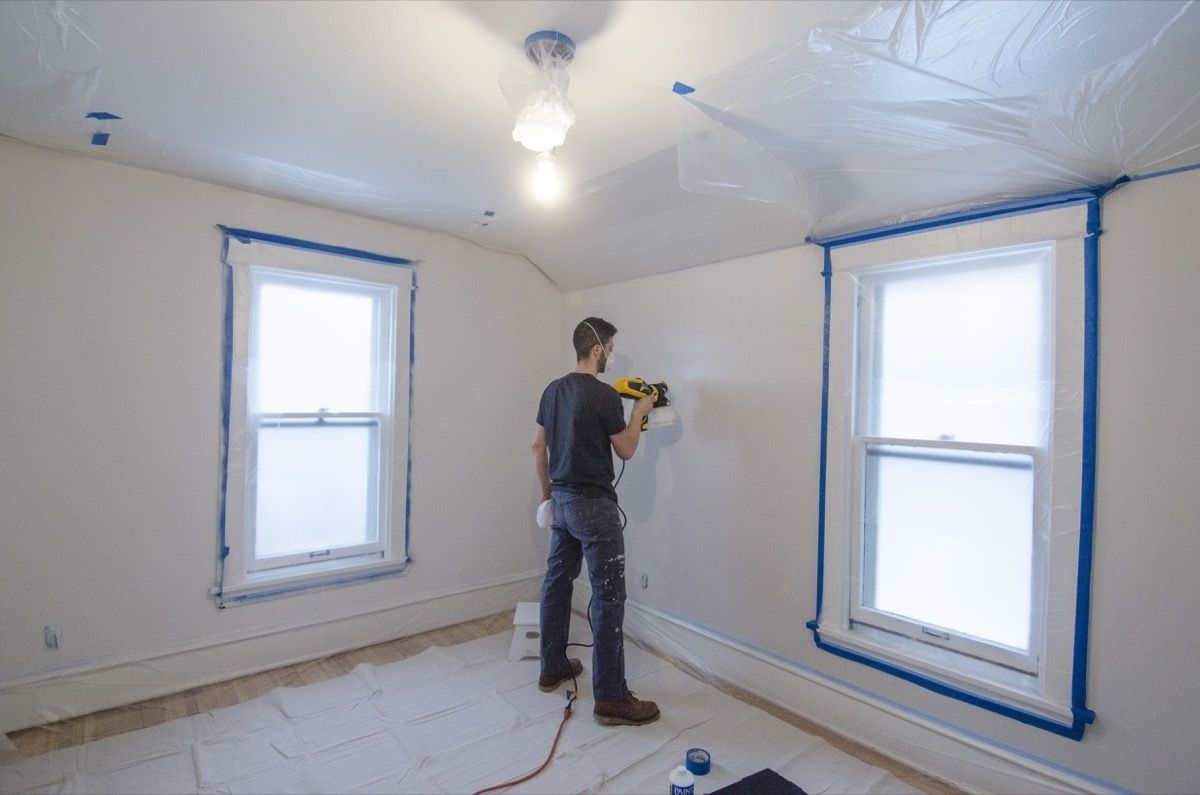
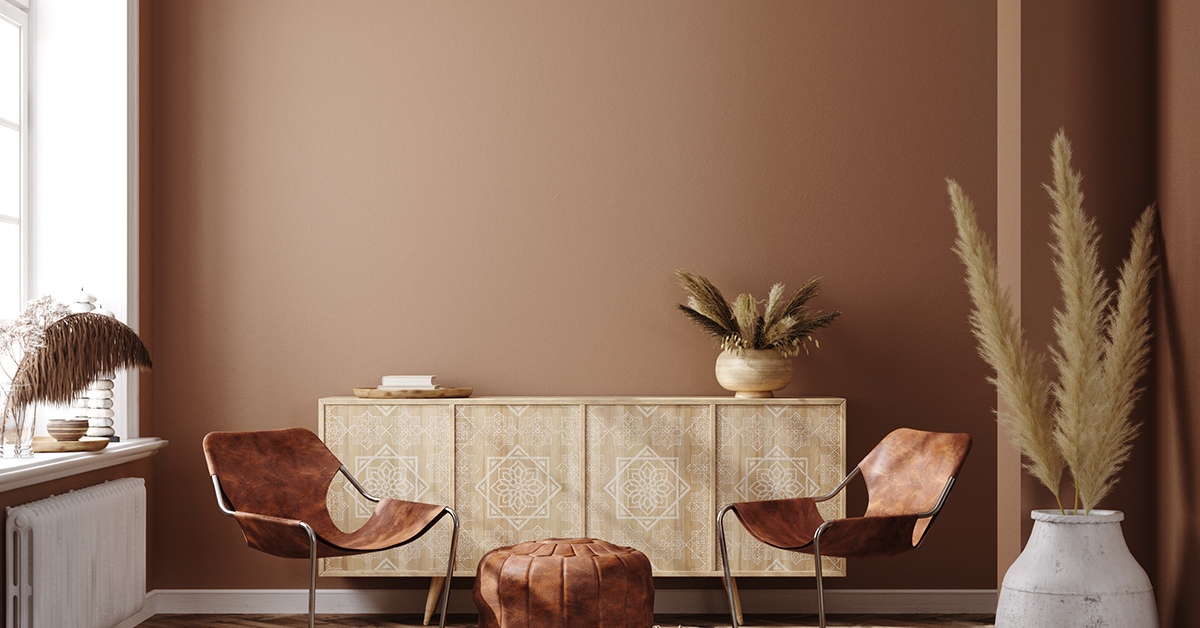
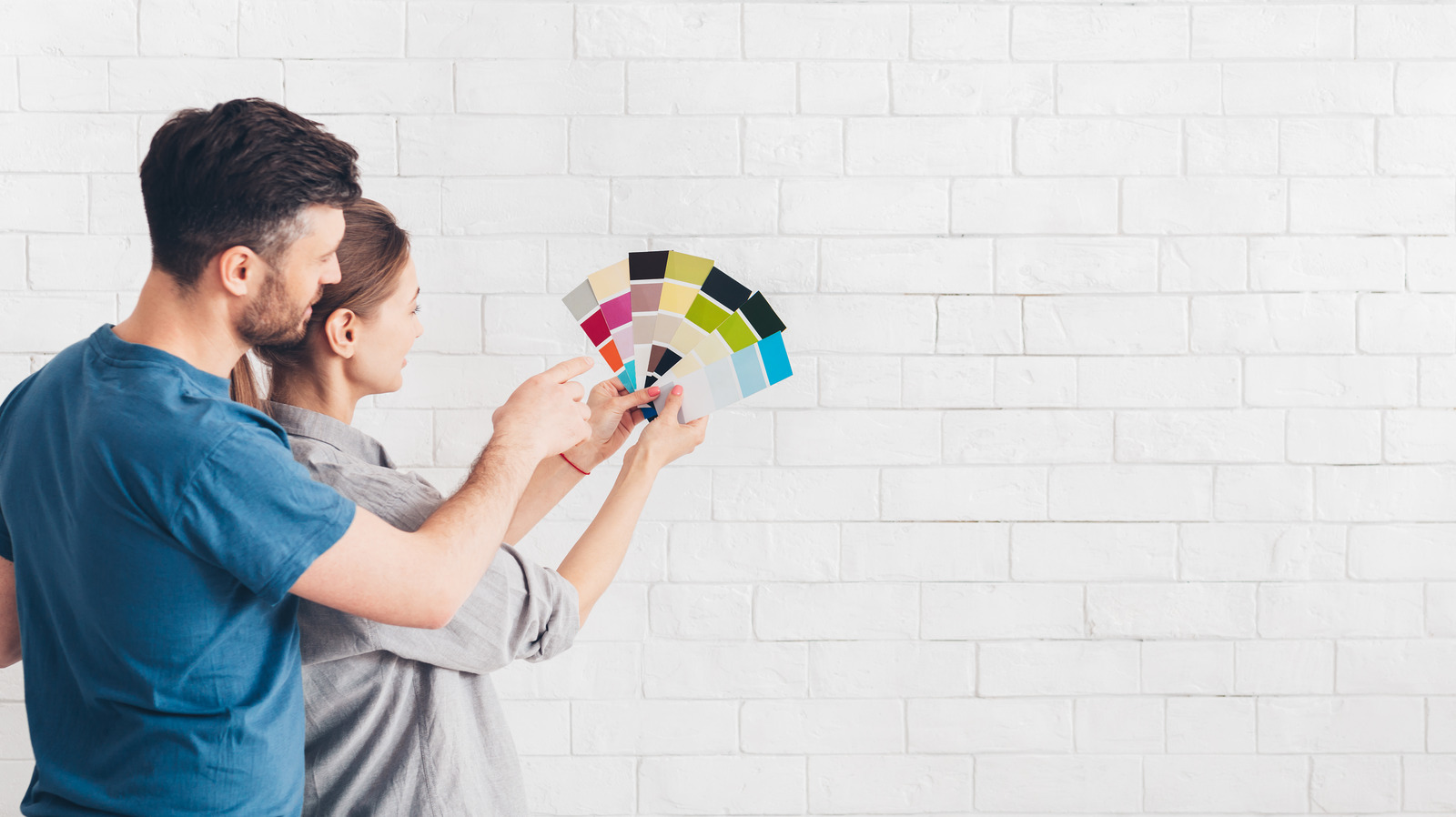
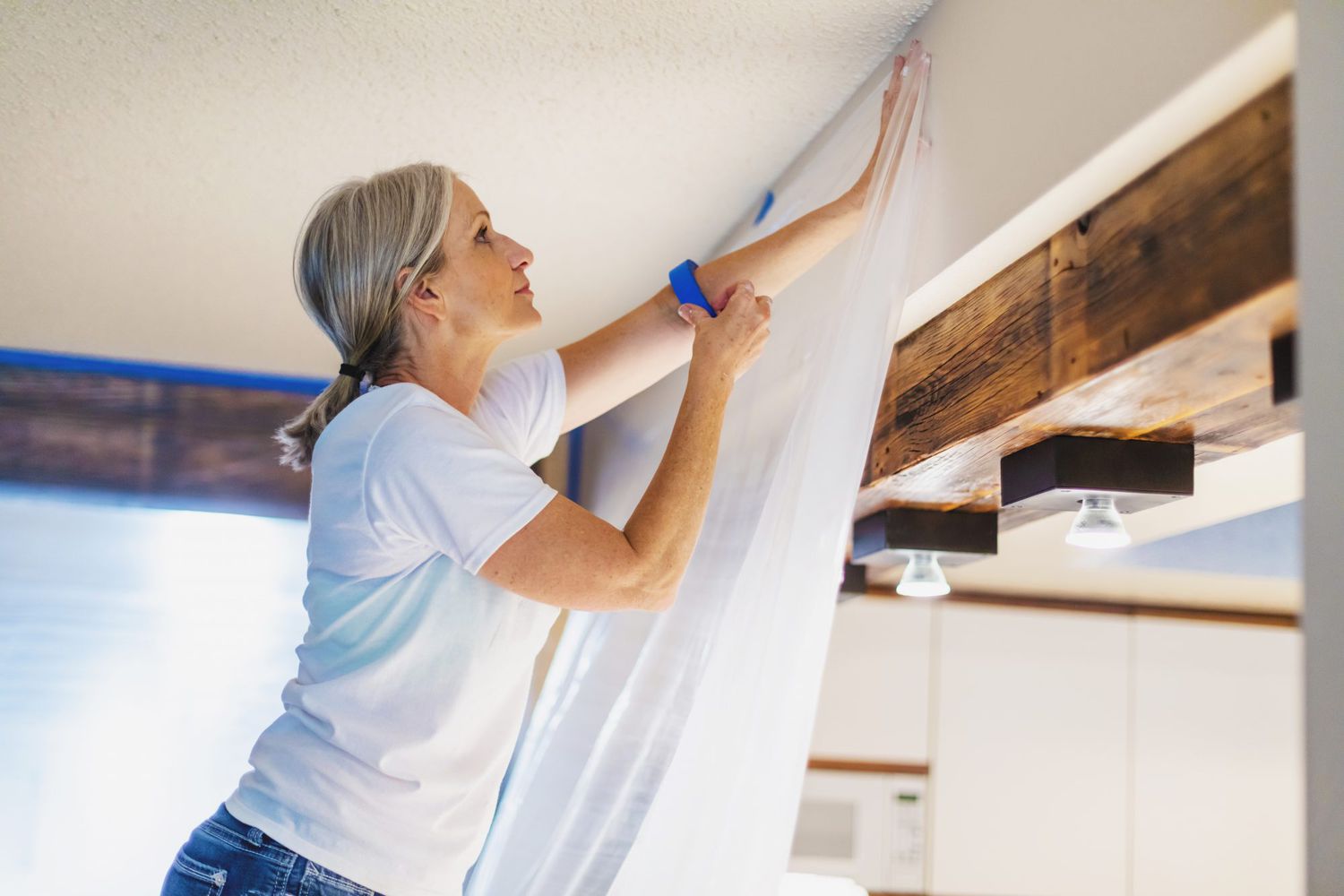
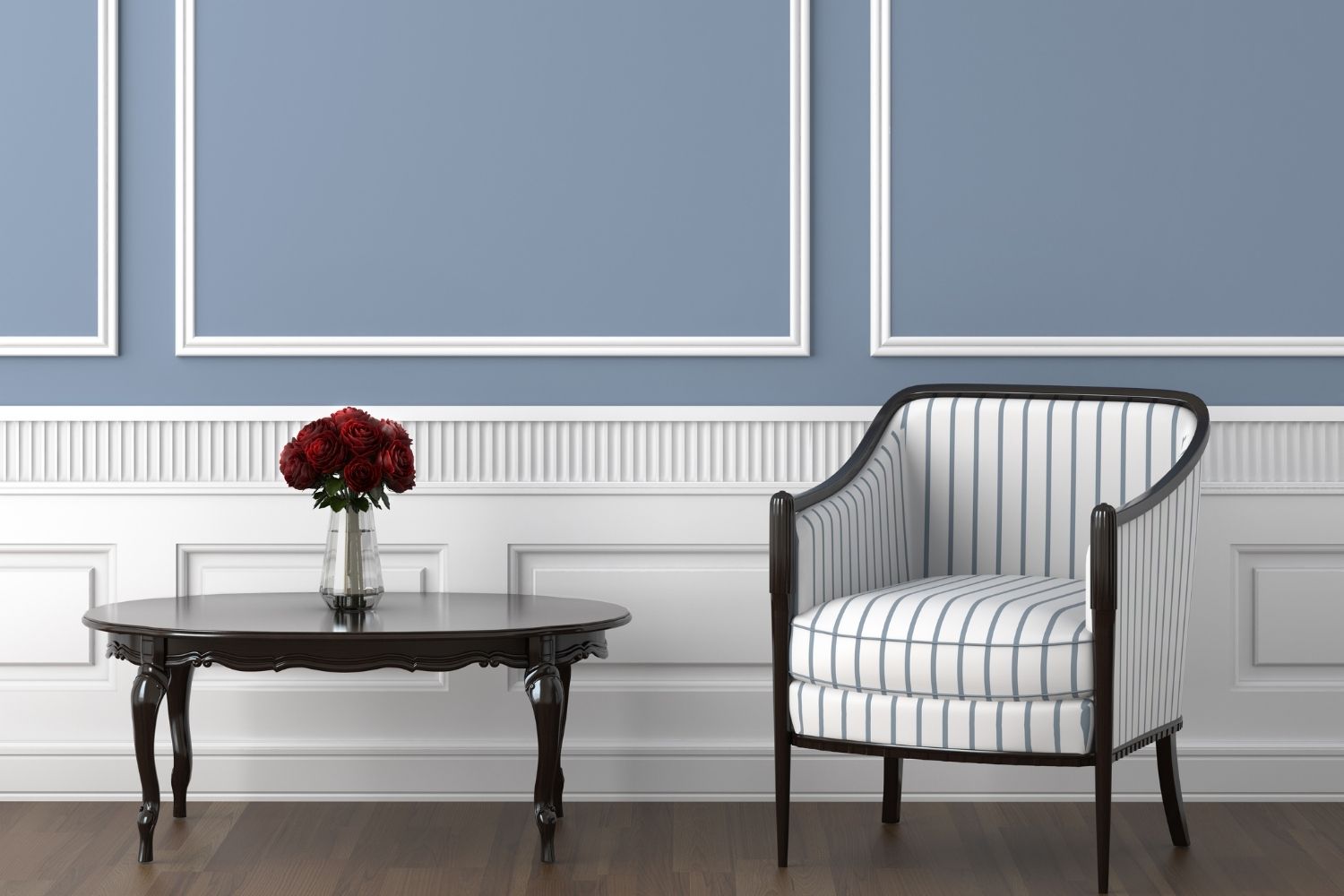
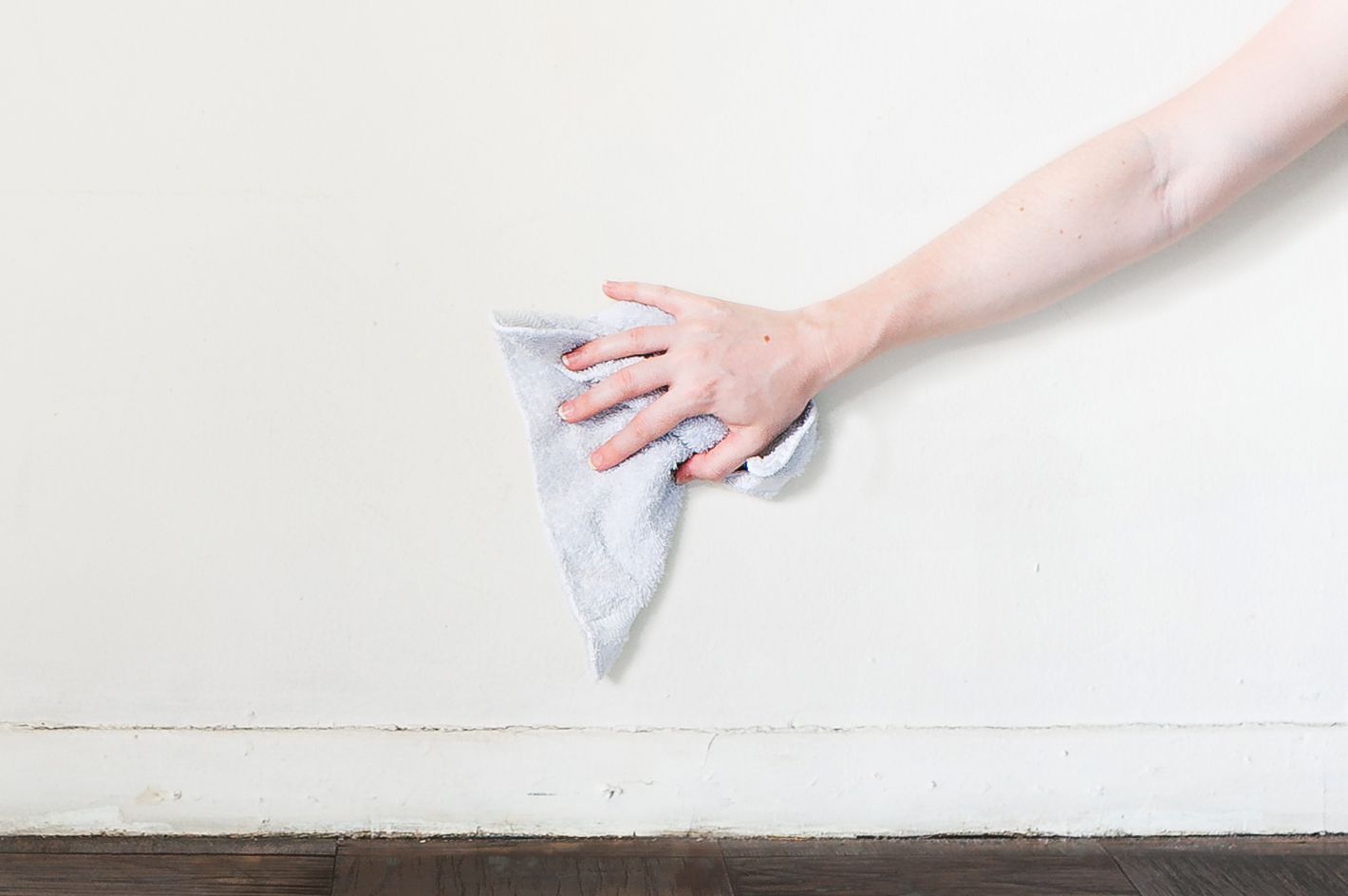
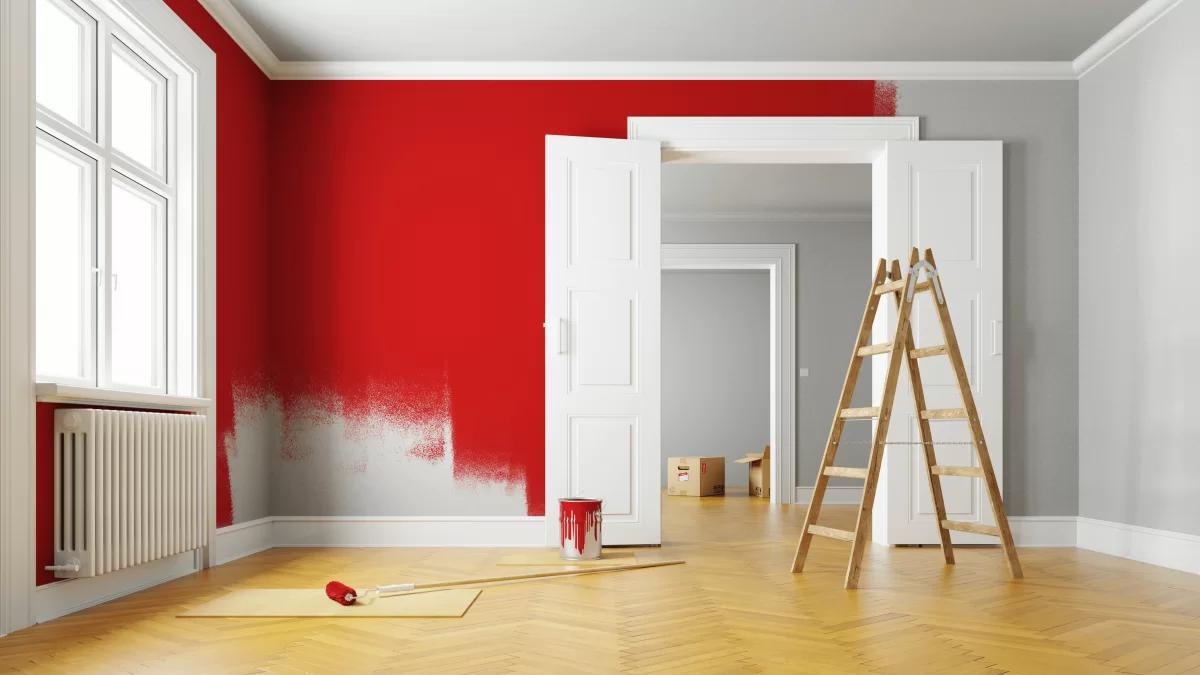
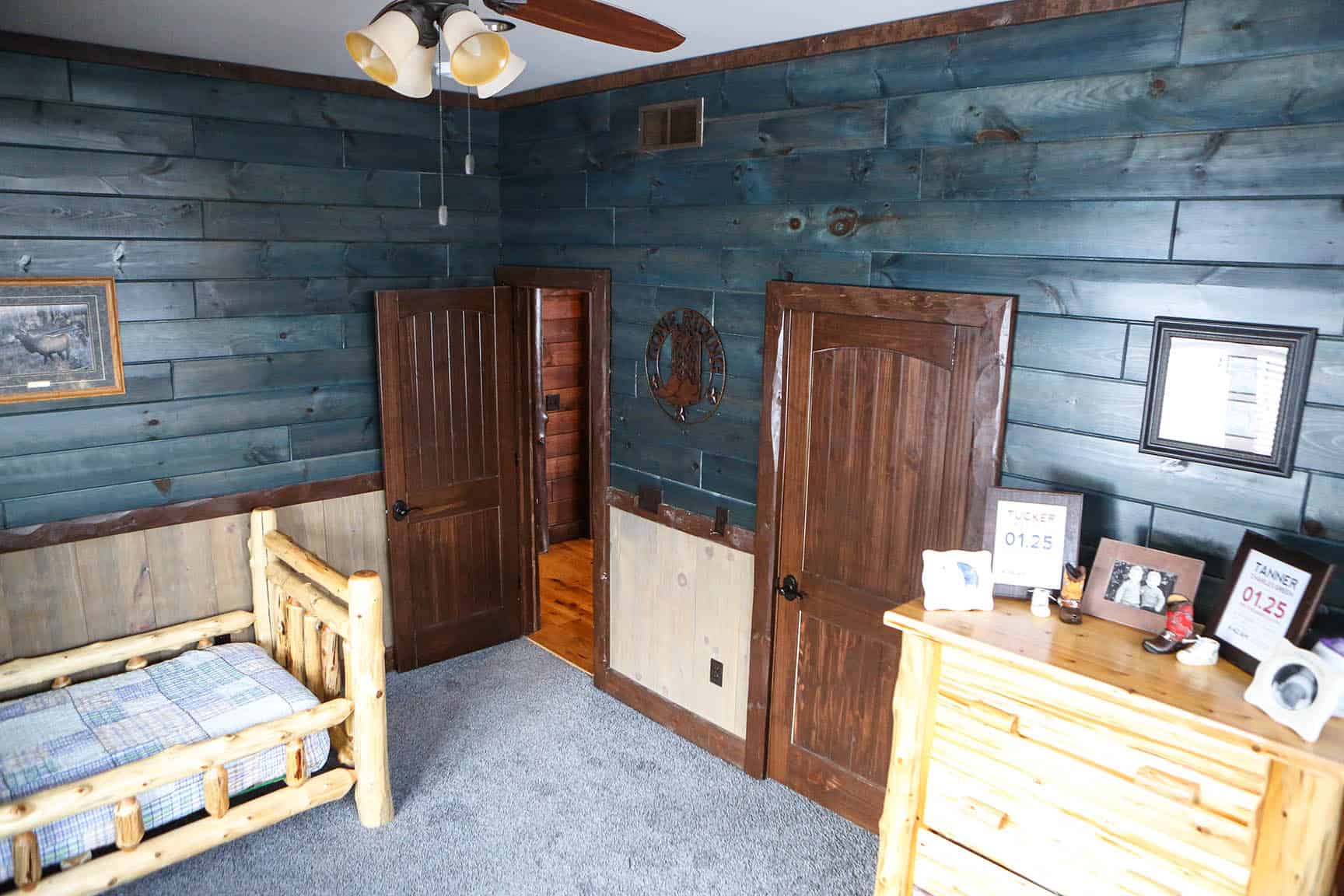
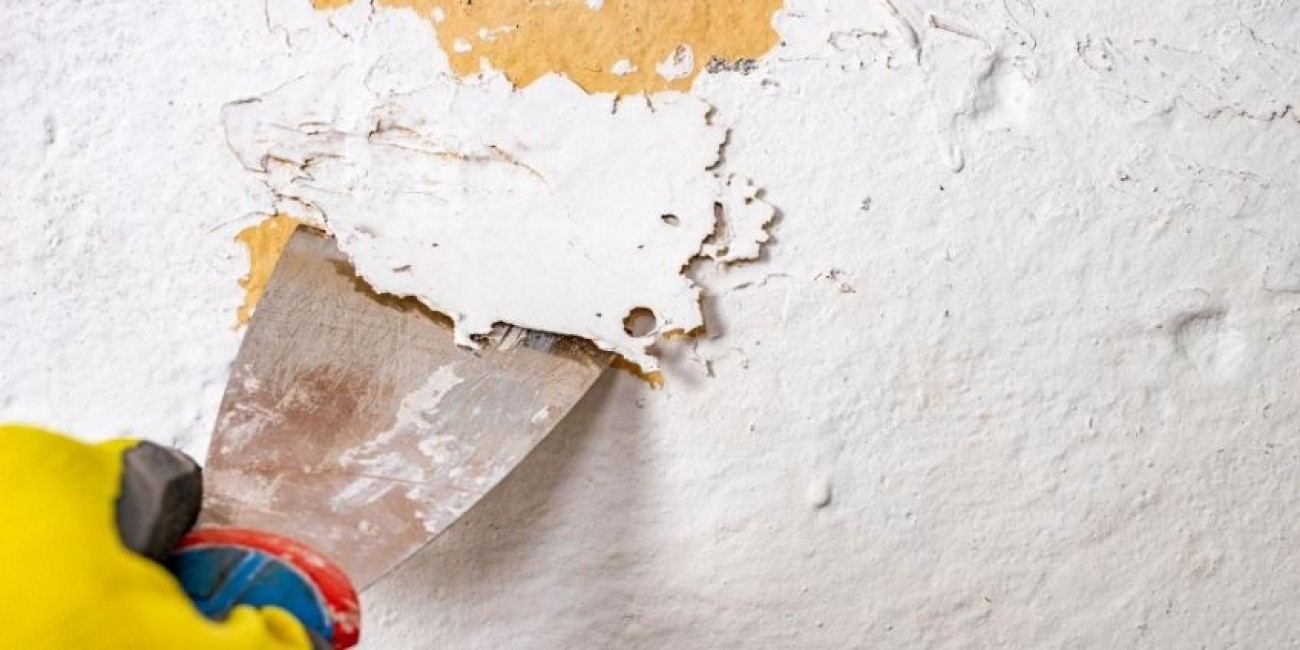
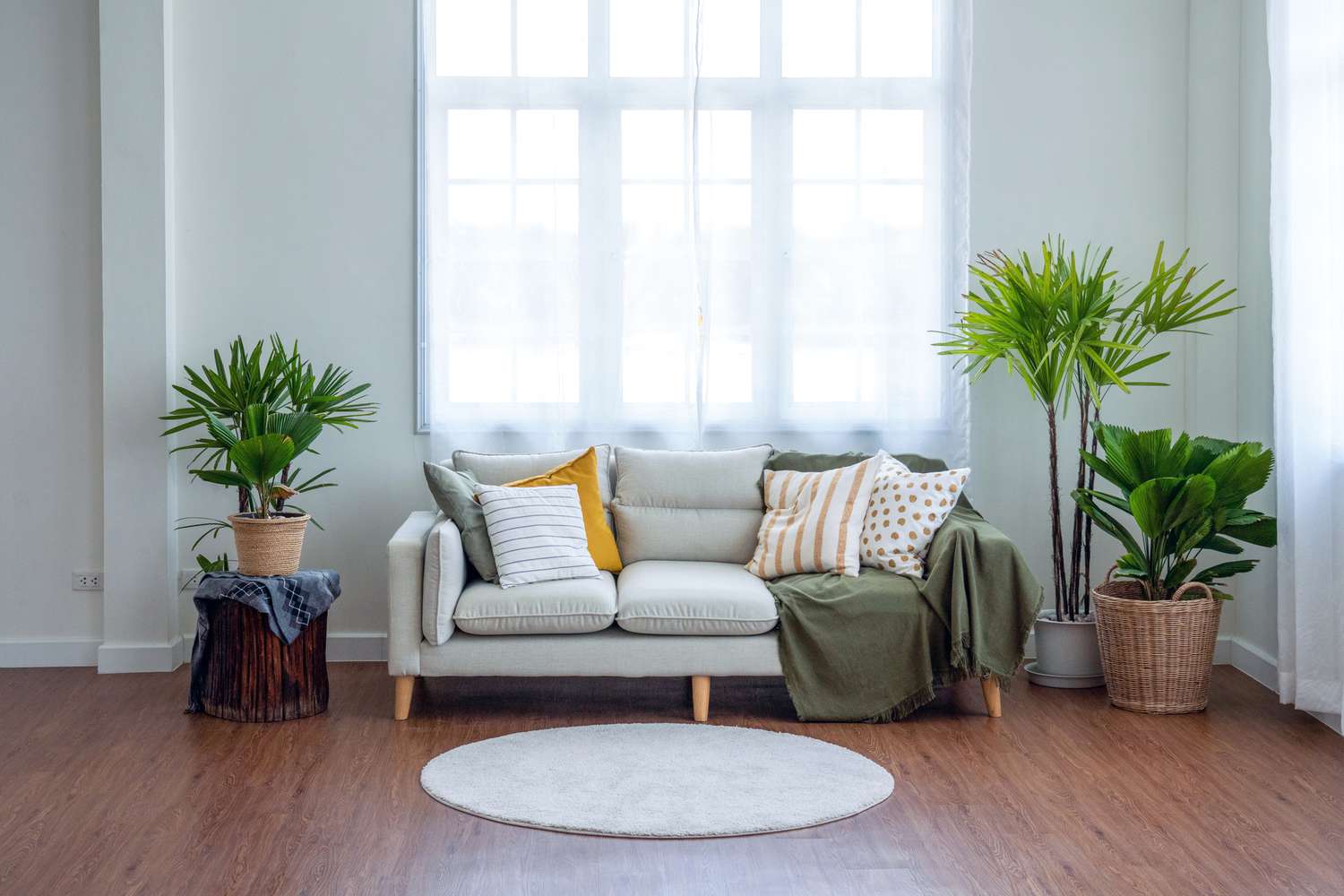
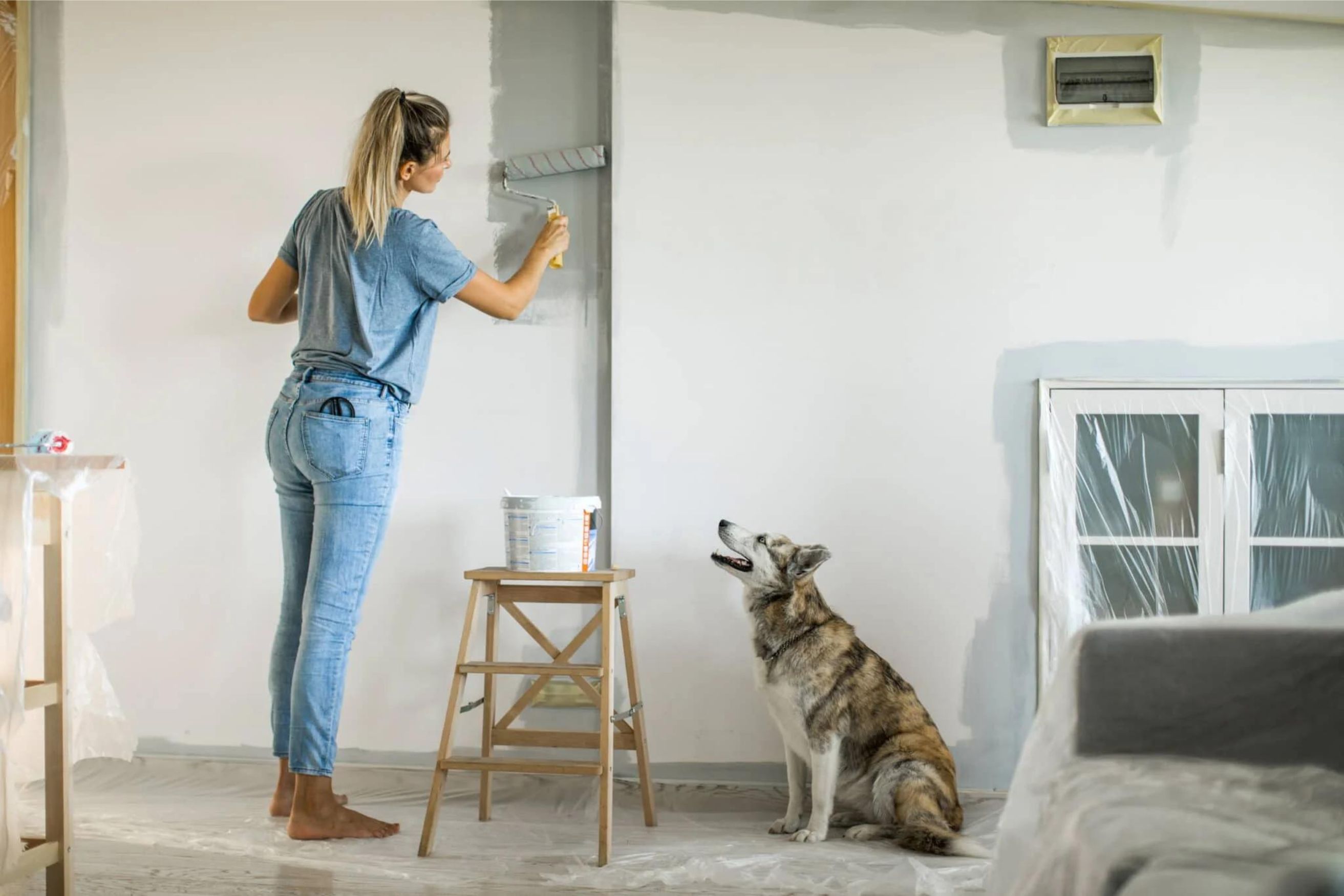
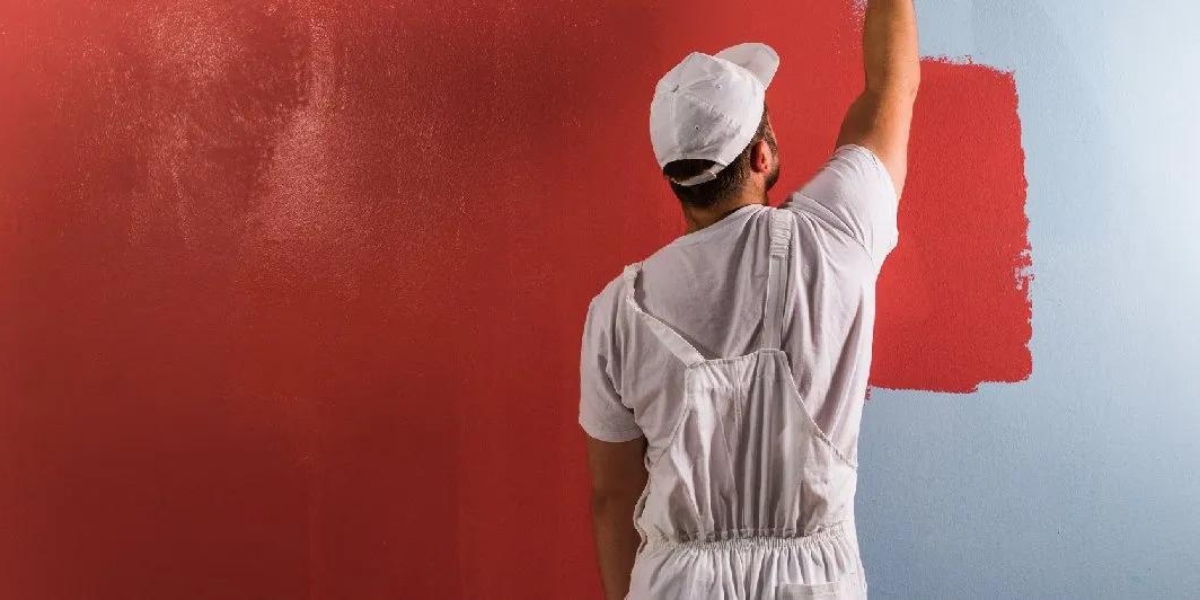
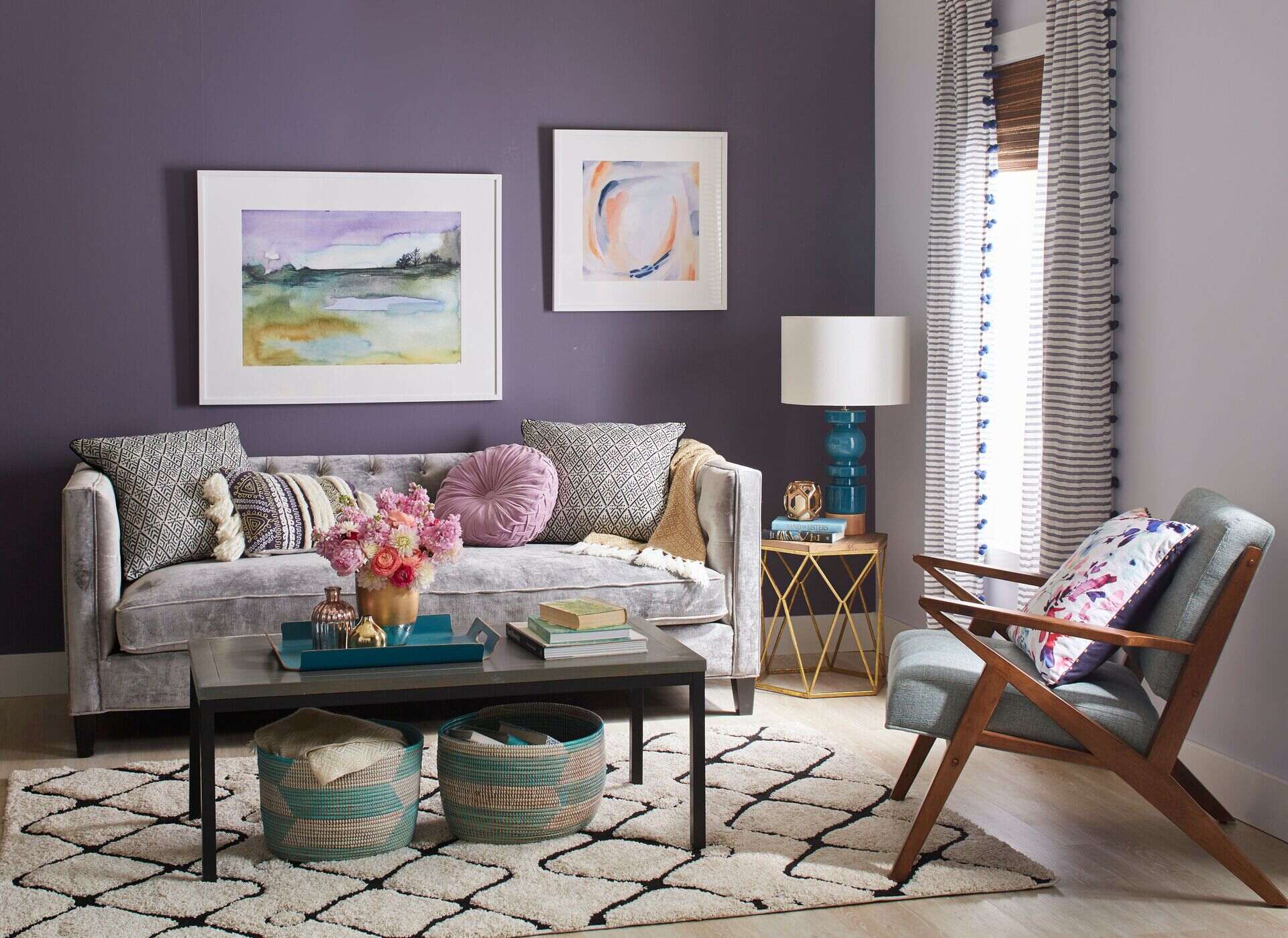

0 thoughts on “Which Is The Best Paint For Interior Walls”